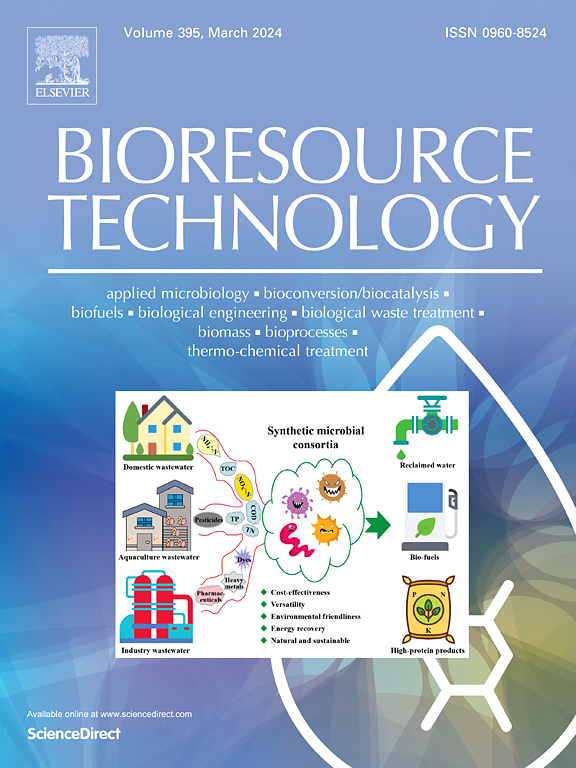Effects of stratified microbial extracellular polymeric substances on microalgae dominant biofilm formation and nutrients turnover under batch and semi-continuous operation
IF 9.7
1区 环境科学与生态学
Q1 AGRICULTURAL ENGINEERING
引用次数: 0
Abstract
Extracellular polymeric substances (EPS) are well-acknowledged to accelerate microalgal biofilm formation, yet specific role of stratified EPS is unknown. Bacterial biofilm stratified EPS could enrich phosphorus, whether microalgal biofilm stratified EPS could also realize phosphorus or nitrogen enrichment remains unclarified. This study investigated microalgae dominant biofilm growth characteristics and nutrients removal via inoculating microalgae and stratified bacterial EPS at various microalgae:bacteria ratios. Soluble-EPS favored biofilm establishment and chlorophyll synthesis, while loosely-bound (LB-EPS) and tightly-bound EPS (TB-EPS) improved phosphorus removal, and optimum microalgae:bacteria cell count ratio was 1:0.5. Under semi-continuous operation, stable and efficient nutrients removal was observed at hydraulic retention time (HRT) of 2 days. Both nitrogen and phosphorus enrichment by TB-EPS over LB-EPS (respectively up to 7.9 and 23.8 times) were innovatively discovered, with enhanced nutrients turnover efficiency at higher HRTs. This study provided direct evidences regarding the role of stratified EPS on microalgal biofilm development and nutrients turnover.求助全文
约1分钟内获得全文
求助全文
来源期刊

Bioresource Technology
工程技术-能源与燃料
CiteScore
20.80
自引率
19.30%
发文量
2013
审稿时长
12 days
期刊介绍:
Bioresource Technology publishes original articles, review articles, case studies, and short communications covering the fundamentals, applications, and management of bioresource technology. The journal seeks to advance and disseminate knowledge across various areas related to biomass, biological waste treatment, bioenergy, biotransformations, bioresource systems analysis, and associated conversion or production technologies.
Topics include:
• Biofuels: liquid and gaseous biofuels production, modeling and economics
• Bioprocesses and bioproducts: biocatalysis and fermentations
• Biomass and feedstocks utilization: bioconversion of agro-industrial residues
• Environmental protection: biological waste treatment
• Thermochemical conversion of biomass: combustion, pyrolysis, gasification, catalysis.
 求助内容:
求助内容: 应助结果提醒方式:
应助结果提醒方式:


